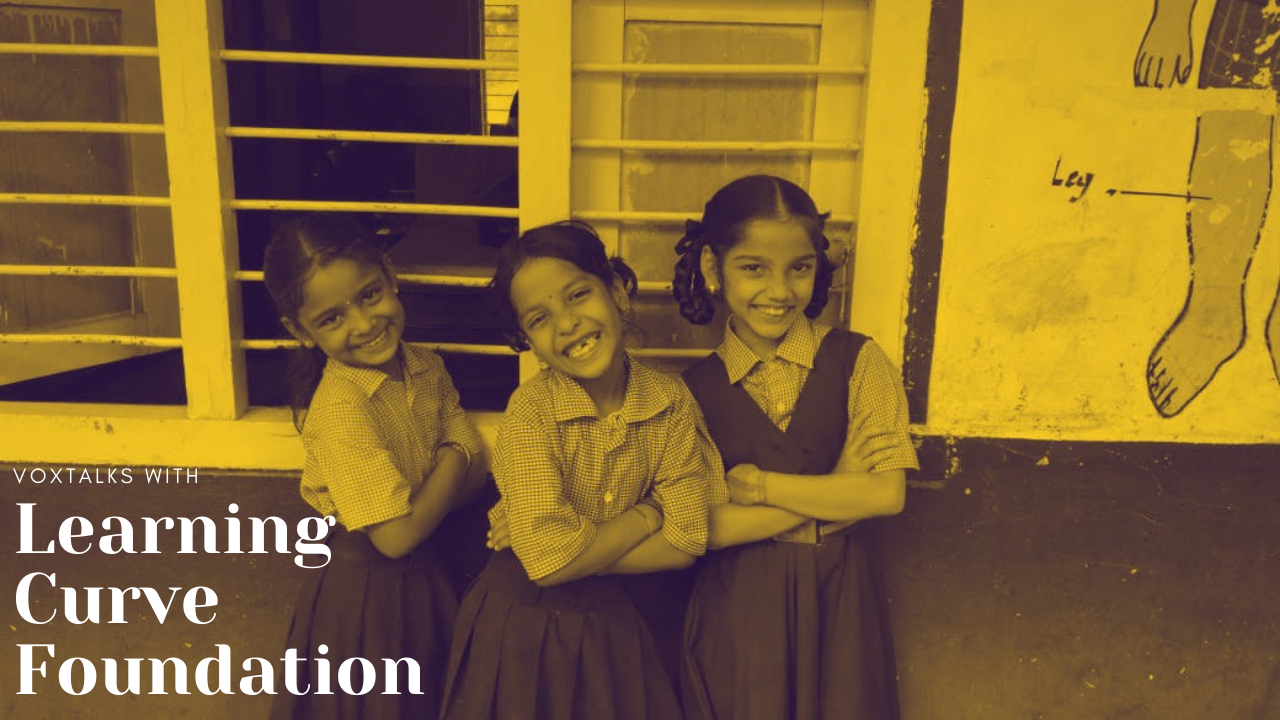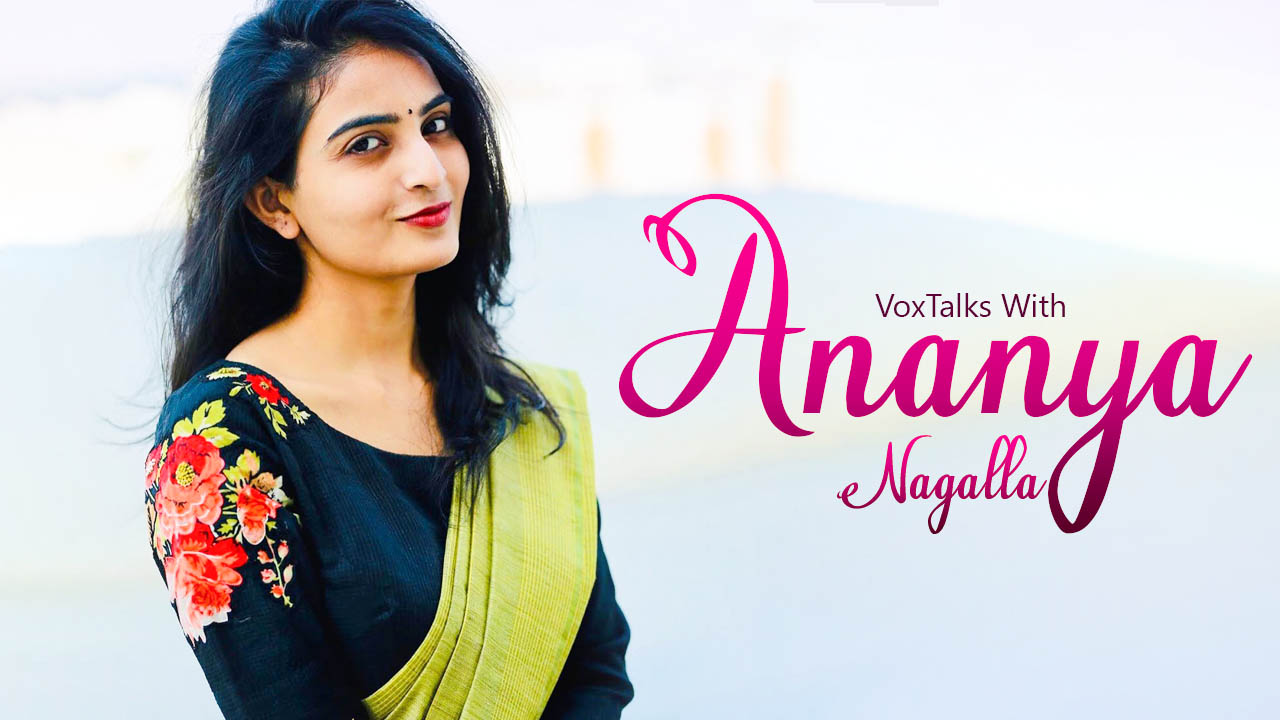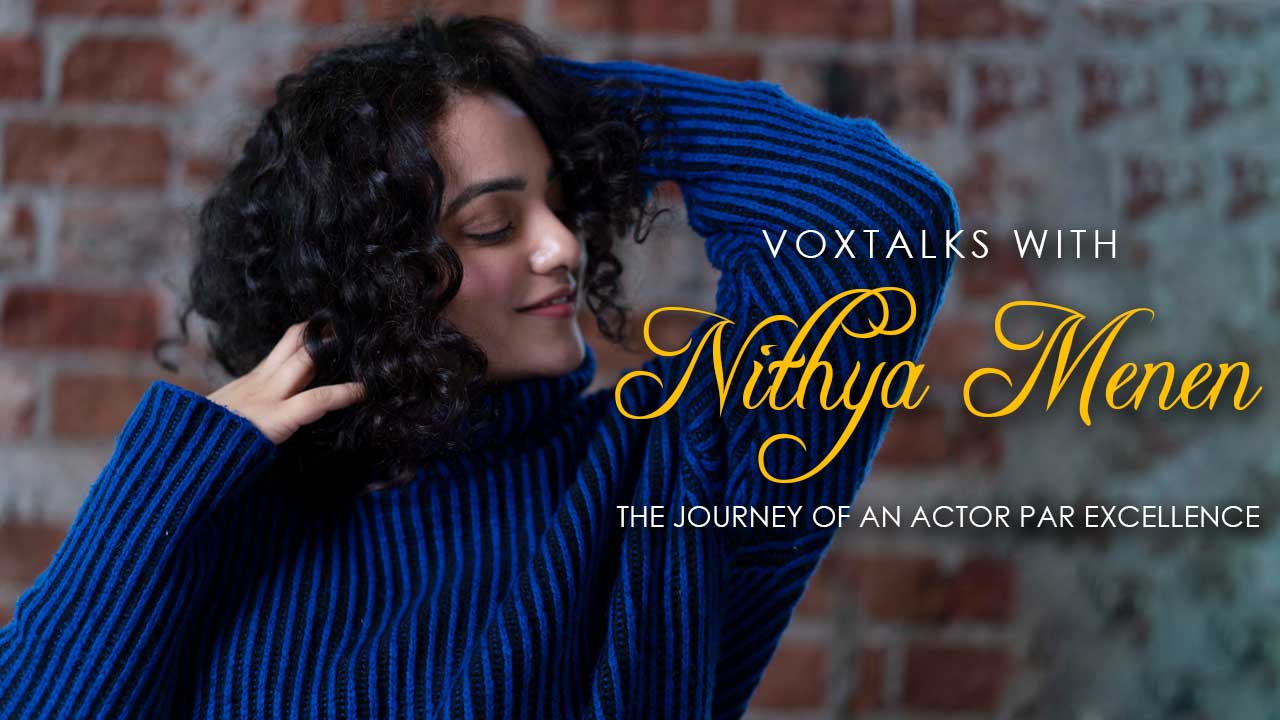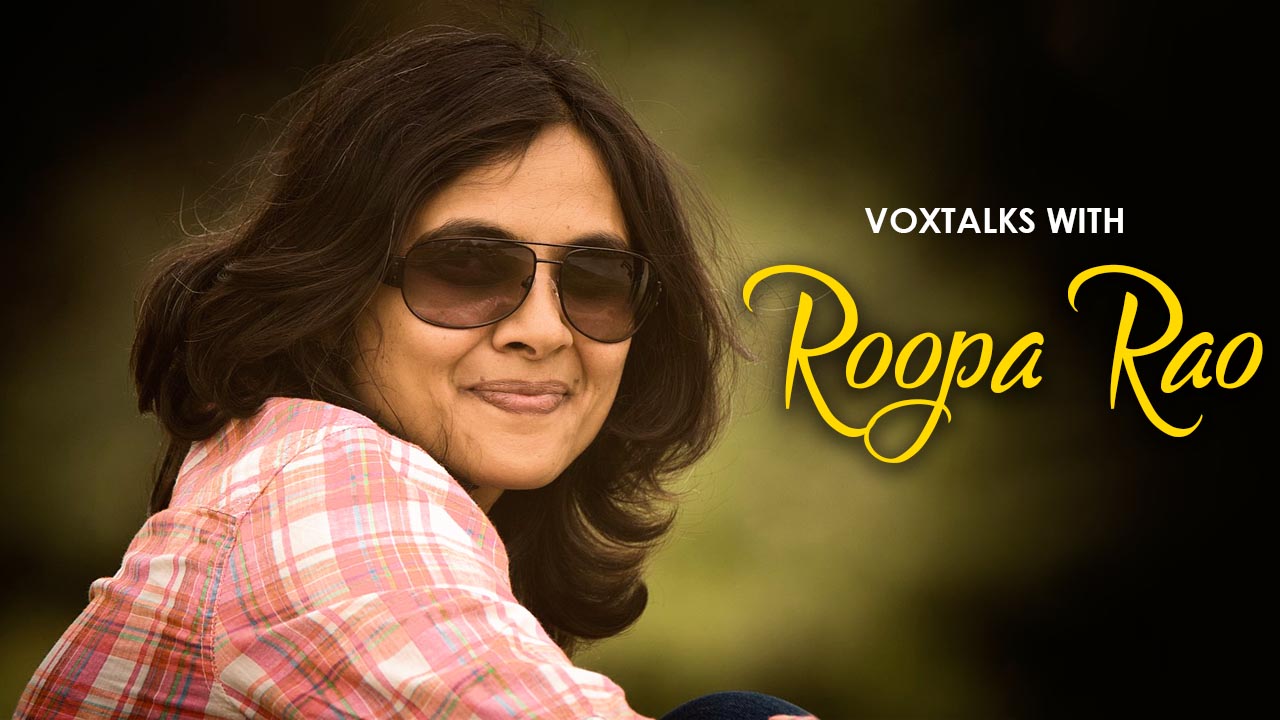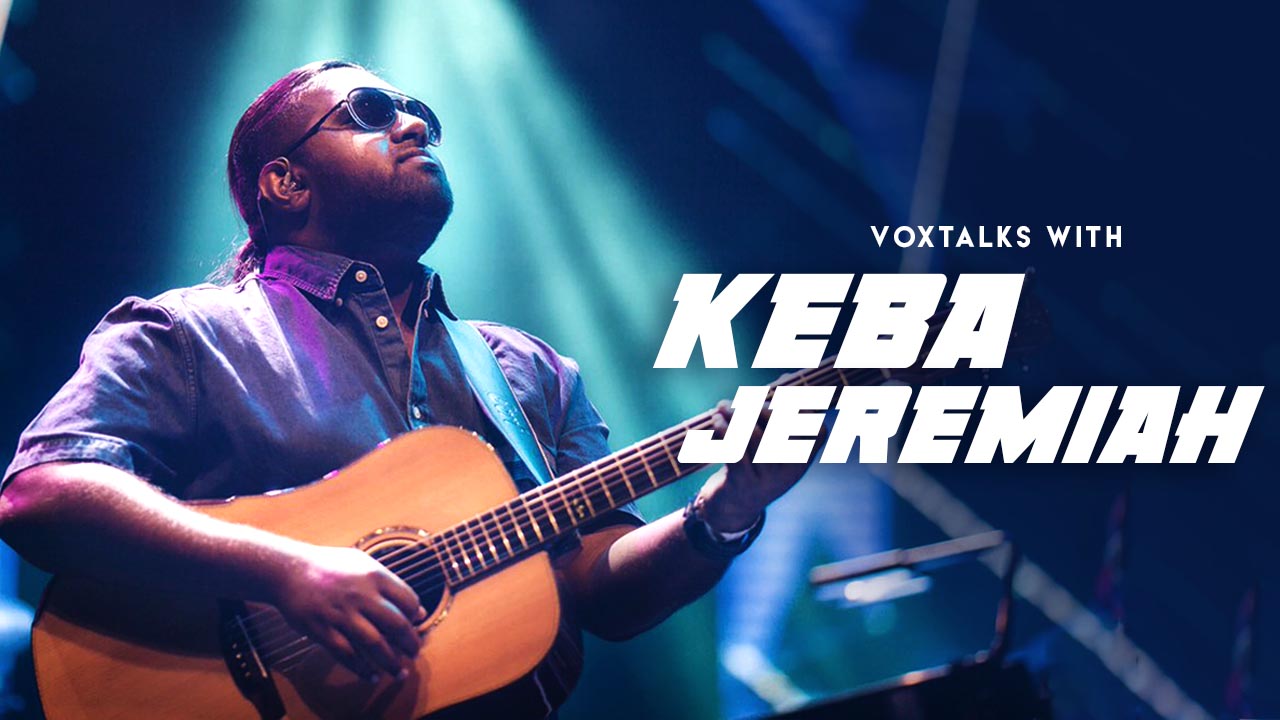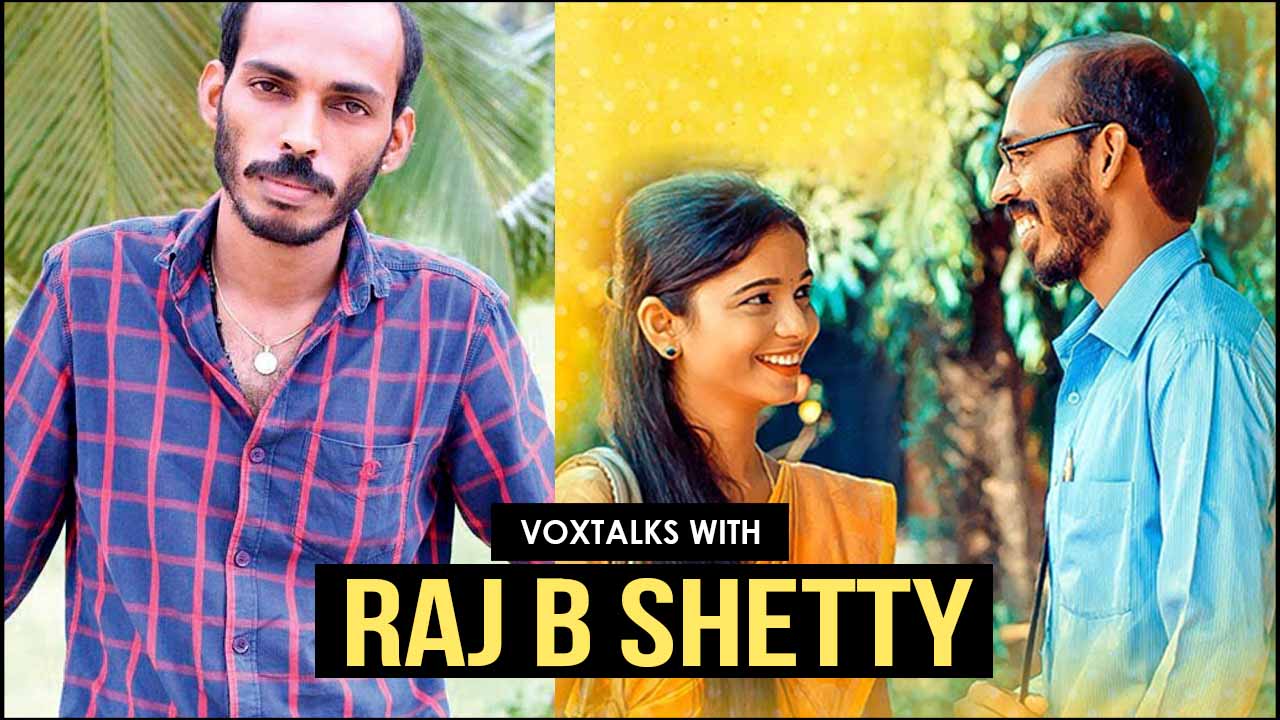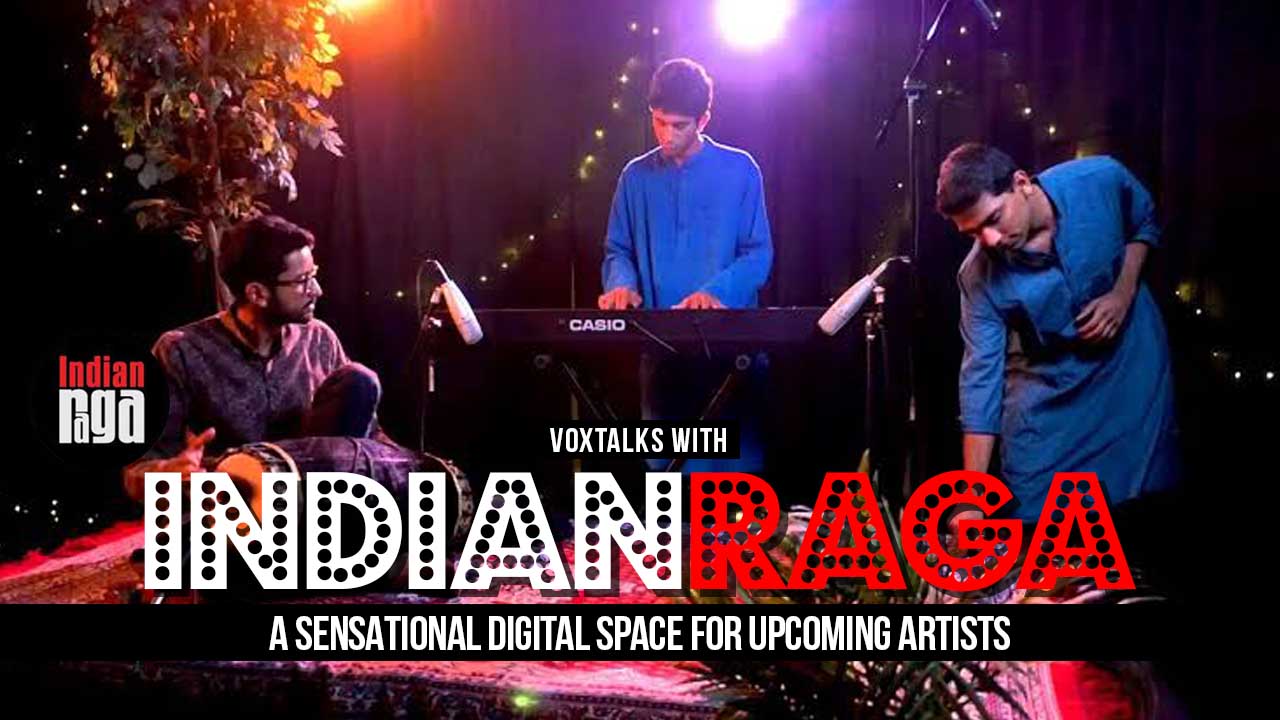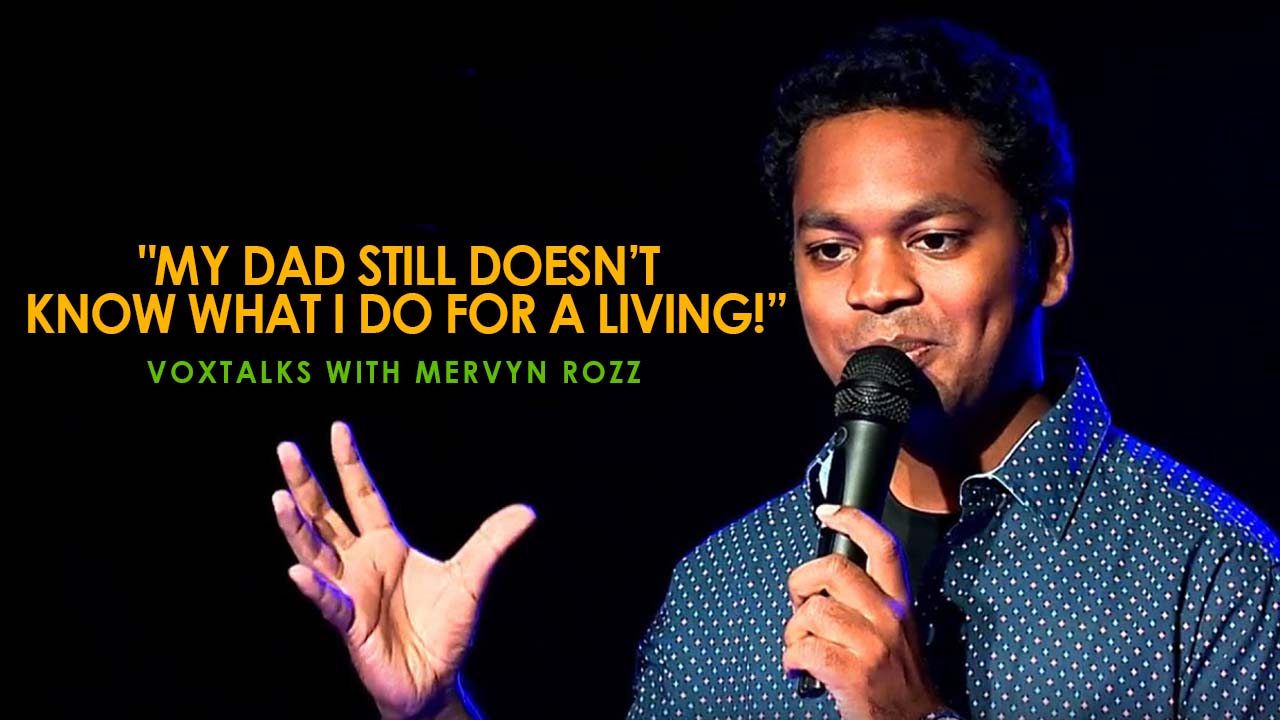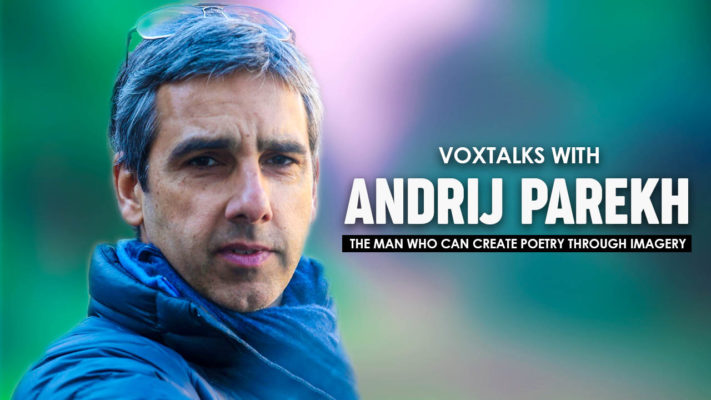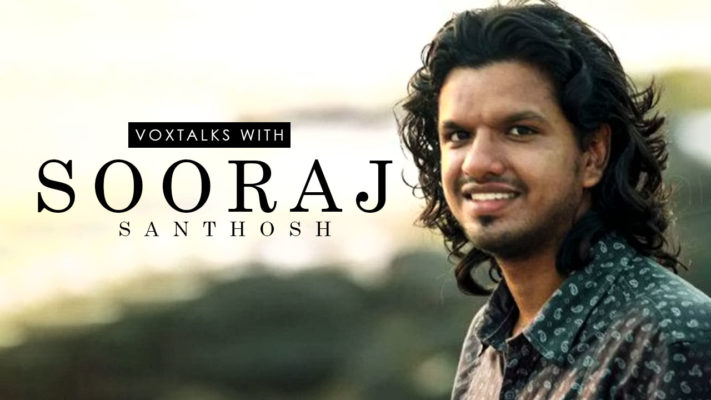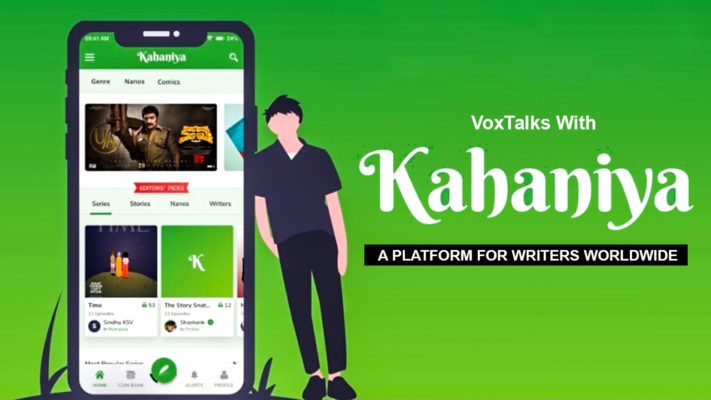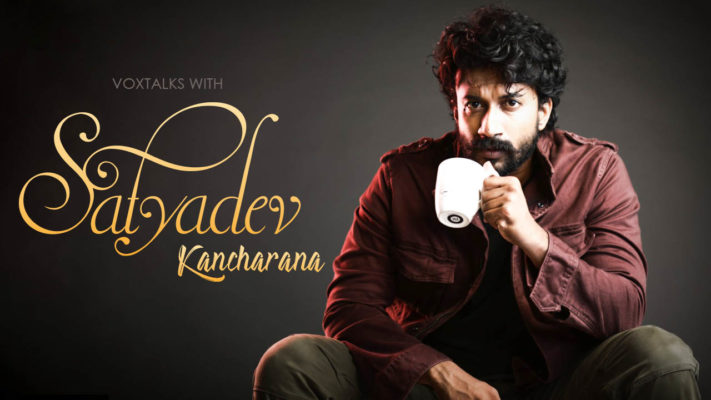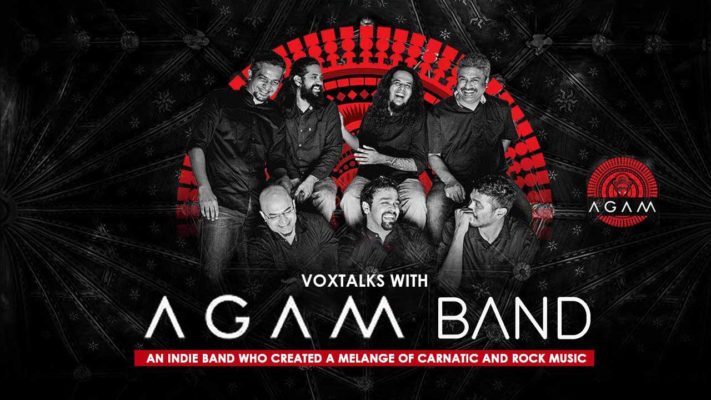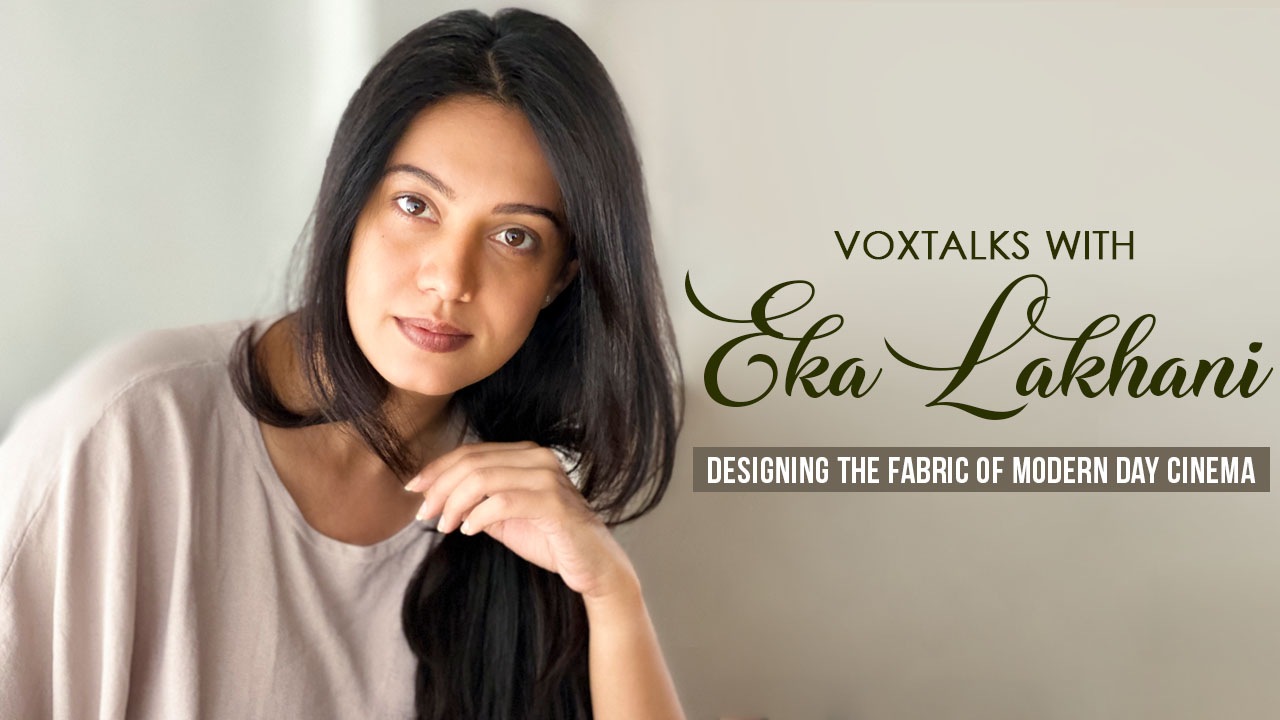
Eka Lakhani And The Importance of Visual Storytelling
Indian cinema is on the cusp of a new evolution. Much like the French New Wave or Korean New Wave, Indian Cinema is now entering a phase where its storytelling prowess is matched and perhaps even enhanced by its technical wizardry. Today, we are witnessing movies in the country which are pushing the boundaries of narrative structures as well as artistic implications. Movies are no longer ‘trial and error’ derivatives, but rigorously practiced applications. Thanks to the prolific talents behind the camera, much like our interviewee today, Indian cinema is generating world-class movies on a regular basis. In this context, we had the opportunity to talk to Eka Lakhani, the acclaimed costume designer behind brilliant movies like OK Kanmani, Sanju and The Sky Is Pink to name a few, and discuss with her the significance of her field of art, her processes, inspirations, and of course her role in defining the structure of the new-age Indian cinema. The excerpts of the interview are as follows…
As we were going through the research for this interview, we noticed that you’ve worked across all major language defined industries in the country. In doing so, how does one, as a costume designer, maintain the essence of the regional cultures while also pushing through a certain uniqueness to the work? Are there any particular measures you might take to maintain industry specificity if at all or regional acceptability if need be?
I’ve been fortunate that I’ve gotten the chance to work in different languages. I’ve done Hindi, Tamil, Telugu, and Malayalam, as of now. But honestly, it’s been a dream to cover more regional cinema and explore movies across Marathi, Gujrati, Punjabi, and Bengali films as well. There is some sort of innocence and a certain raw quality that regional cinema has that I love exploring. Let’s hope I can cover the remaining on my list too. A movie is basically storytelling with visuals and language is only a medium of such storytelling. So language doesn’t affect your movie. What actually differs is who you are telling your story to.
For me, I see what audience I’m catering to, and what my purpose is within a project. Do I need to specifically touch a relatable chord with the audience or do I want to create newness and a wow factor? That is something I take a call on. These choices change across regions. What is relatable to a Hindi audience might be new to a Tamil audience and vice versa. What works for me is that I try to take a little of the South to the North, and a little of the North to the South. I’ve always tried to mix the cultures and bring some newness along with an underlying relatability.
I’ve said this before and I’ll say it again, that sometimes you need to cater to the audience’s expectations and give them what they want, of course, you better it with your craft and aesthetics. However, sometimes, you make the audience see what you want them to see, and thereby gradually changing the audience’s perception itself. You might need to appeal to the ever-expanding tastes of the audience and relate to it as well.
While working in a culture I don’t fully know about, I do make it a point to do my research well, so as to not offend any cultures. Especially, if it is a period film; you’d want to be fully prepared in terms of the smallest details. Again, if you’ve done your research well, audiences across all languages will accept you! At the end of the day, we are all Indians and we do have that in common!
Looking at your credentials one can safely call you the ‘BioPic’ expert of your field, what with around 7 projects of the kind. Was it then perhaps a conscious decision from your side or just a sort of happenstance? Of course one wonders if they are comparatively easier or harder to work on than compared to say something like a ‘period fiction’?
My love for biopics starts with my love for documentaries. I love knowing all that one can know about another person; their story, their struggles, their victories, and their journey. That’s why I enjoy the process of prepping for a biopic. You get to meet different individuals related to the protagonist or who have played an important role in the protagonist’s journey and you learn so much from each of them.
For Haseena, I got to meet Appa’s family. For Sanju, the man himself (Actor Sanjay Dutt). For Shershaah, I got a lot of information from the brother of Ct. Vikram Batra; in fact, we got to see where he lived, his actual trophies, and uniform as well. For Soorma, ex-hockey captain Sandeep Singh himself made us relive his life in his village, and for The Sky Is Pink, the actual Aditi, and Niren, (Aisha’s parents) showed us so many home video, and so on.
When I did my first few biopics, they just happened to me, but slowly I started realizing how much I loved these and started attracting more of them. When I know that a new biopic is in the scripting stage, I do try to reach out to the director/producer showing my interest in the project and wishing that it came to me. Been lucky a few times!
I don’t feel a biopic is easy for a costume designer. Often a biopic is made on someone who has had a public image. The audiences already have a certain perception of the protagonist. They have lived with or grown-up seeing this personality. As the references are easily available, some may feel that this makes it easy for a costume designer. But, I feel the opposite. The pressure to recreate something very close to the image in the audience’s mind is extremely high. Because if something doesn’t look right, fingers will be immediately pointed at your mistake, and criticism will start. Hence, it requires precise work.
On the other hand, while doing a fictional film, I get to create something out of my mind. No one can call it wrong as it’s my creativity. While doing a biopic, I have to recreate and not create. The accuracy is what makes these projects challenging. Also, I’ve seen a couple of biopics and found them a little caricaturish. This is another constant worry. You don’t want your actor to look caricaturish. You want him to be as real as possible. I make sure I do my research very well. The fact that a biopic needs to have a realism shouldn’t be overlooked. It needs to look and feel as real as possible, perhaps even more than a fictional film.
The other day, we were going through your Insta live and realized that you are an alum of SNDT and FIT, New York. As part of an industry which is presently still evolving in its understanding of technical departments, what would you advise those taking up Costume Designing as a profession, in regards to their formal education, core competencies, and social skills, to make a mark?
Firstly, you must love the idea of dressing people more than playing dress-up yourself. If this is a tick with you, read on! Education in fashion is an absolute must. Education teaches you basics and only when you know the basics yourself, you can explain it to your team, tailors, and karigars, etc. So if you’re at the stage where education is possible, please do study fashion. Apart from basics, it helps you understand the history of fashion and that is extremely helpful in costume designing.
I’ll also add, that formal education is not the only thing that’s required. Being on the field, interning with various people, assisting in different genres of fashion is equally important. You need to know if you want to be a fashion designer, a stylist, or a costume designer and you’ll understand the difference only when you intern with different people in these categories. If you have an education in some other field and want to try out fashion design or costume design without a formal education, I would fully encourage you to do so, but again, intern or assist someone and learn on the go. That’s the best way forward.
Most of us, here in South India were introduced to your work prominently via films like Raavan, Kadal, and OK Kanmani. Imperatively, you’ve been a frequent collaborator with Mani Ratnam since the start of your work. Could you share your experiences of working with Mani Ratnam? How do you approach a typical Mani Ratnam film, given the fact that his films always have a distinct voice to them and appeal to the deepest human emotions? And has the approach changed perhaps from say ‘Raavan’ to the upcoming ‘Ponniyin Selvan’?
I was introduced to film making by Mani sir. Raavan was my first film as an assistant and I think I got very lucky to start with such amazing teachers. You see, I got to learn the best of fashion, costume, and color from Sabyasachi and the best of film making and realism from Mani sir. I got to combine these two talents, and that’s the basis of my craft today. I don’t think I’ve changed my basic way of working every since. Post Raavan, I got my break with Santosh Sivan in Urumi.
I was blessed with the best, right from the beginning of my career. My approach towards any film is the same. I read the script alone, and then with my team. We discuss the characters in it. I live with these characters in my head for a few days, and then meet the director with my ideas and references, and thus, we take it from there.
With Mani sir also, the basic approach is the same. What usually differs is the pressure on me, owing to his magnanimous body of work. In our first meetings before any film, he gives me adjectives for the character and never talks about the look that he wants. He’ll explain the nuances of the character’s personalities, the mood, and the emotion that he wants to create and not what kind of silhouette he wants.
After he feels I’ve understood his characters well, he gives me certain films/paintings/books to go through. Sometimes he makes me listen to music or see some dance form. Thereby, he helps me build a mood in my head. This becomes in turn, the mood of the film on a whole. And finally, he makes me meet the actor, just for an informal tea or so, and lets me study the actor’s body and natural mannerisms. Post this, I usually come back to Mumbai and start putting together my first presentation for the project.
With Mani sir, the character always comes first, after that the actor. It’s been like that for me as well. His films have both a classic feel and a newness at the same time. Everything looks beautiful and almost perfect yet he keeps a lot of things raw. This is what makes his frames so real. Mani sir loves imperfections. If the actor looks perfect, he’ll make him mess his hair a little, or untuck his shirt a bit. If a room set looks perfect, he’ll throw in a cushion or keep a broom in the corner. It’s from him that I’ve learned that imperfection is the new perfect! All our collaborations have been something like this, apart from Ponniyin Selvan.
Ponniyin Selvan involved great research and a lot of study for me. Lots of recces too. It’s the first film I have gone to a costume recce for in my career. Mani sir sent me to Tanjore temples to study sculptures, meet weavers, understand the culture and the heritage before I started my process of designing. That’s all I can reveal about this journey. Rest is yet to come 🙂
You’ve recently diversified your work under the banner of ‘Team E’, with ‘Vaanam Kottattum’ being perhaps the first project under it. Could you tell us what the new banner is all about and what can we expect it to evolve into? What’s your vision for ‘Team E’?
I’ve always said that I have a wonderful team and they are my support system. We have a lot of talented stylists and designers in the team. Under ‘Team E‘, a senior designer from my team takes up a project independently but under my supervision. A lot of times I’m occupied with projects and when another good project comes, I cannot take it up. It breaks my heart especially if it’s a project that I really want to be a part of. ‘Team E’ is a way in which I can help my team do independent projects, and thus prepare them for their future ahead.
In one web interview, you’d mentioned that you come from a family that was into the textile business. Would you say that such a setup was instrumental in shaping up your career as a professional Costume Designer?
My father was a pioneer of block printing in Mumbai. I’ve grown up around fabrics and dyes of all sorts. I was always inclined to arts and craft in school but never thought I’d be in a creative field, probably because it was all around me. My dad took me to NID (National Institute Of Design) after my 10th as he felt I would be good at fine arts and I was taken aback, especially since I had a good percentage and could get into science.
After 2 years of science, I went to my dad and said I wanted to try my hand at fashion and he was beaming with joy! But he never once said – ‘I told you so’! Today, as I’m dealing with fabric, dyes, prints, and design on a daily basis, a lot of what I grew up around with comes into use quite naturally. My dad’s massive book collection on fashion and textiles also helps me a lot. I do owe a lot of my creative sensibilities to my childhood. Perhaps, it’s all saved somewhere subconsciously.
On a lighter note, which characters in all of your projects, have been the toughest to design for, and why? Given the fact that you’ve worked with India’s most prolific directors over the last decade, all of whom showcase their own singular visions; how do you establish a free channel of ideas with them?
Sanju was really tough. Because a popular actor was being played by another popular actor. To break Ranbir’s personal style and to make him Sanjay Dutt, was challenging. Although I cannot really take credit for it, as it was Ranbir and Raju sir’s hard work in shaping up the look, I do feel it was a tough project from me.
Working With Santosh Sivan…
Santosh sir was the first director I was working with independently. But he never made me feel like I was a first-timer. He gave me a lot of love, respect, and freedom. He speaks with his hands! My first day on Urumi‘s set, he said Genelia D’Souza should look like a flower and he kept making circular movements with his hands around her face. I was so confused initially, but later on, draped a fabric making a layered hood of sorts, and he loved it! Santosh sir also speaks a language using colors. His description of what he wants will be using different adjectives and colors. For example, the mood should be of uncertain blue or the fight turns into a nasty purple, and so on. So, it takes a while to decipher what I should be doing. But it’s that much more of a joy when one can deliver. With Santosh sir, art takes the highway.
Working With Rajkumar Hirani…
Working on Raju Sir’s project was a dream come true. He is the humblest person I know and the most genuine director. He gets involved in every stage and makes it a point to be a part of every little look test or even a fitting session with his actors. Raju sir knows what he doesn’t want, and even if you try to sell that hard to him, he’ll not budge. He knows his audience too well and so, only if he connects to a particular style, will the audience connect as well. With Raju sir, audience and emotions are the two things always given the most importance.
Working With Karan Johar…
I never thought my dream of working with Karan Johar would come true. His work is filled with glamor and with my body of work, you can make out that I’m more into realistic cinema. Nevertheless, I’ve loved all of his films and wanted to be a part of them too. When I first got a call for his film, I didn’t believe it. I was extremely nervous and very eager to please. With Lust Stories, I learned a new genre – ‘sexy, real, with a touch of glam’. That’s what Kiara’s character is all about. We used bright and happy colors but kept the sarees cotton; played with necklines and ethnic jewelry as well. Thus, It became a character a lot of people loved and appreciated.
Working With Gautham Vasudev Menon…
My collaboration with Gautham Vasudev Menon happened overnight. Literally. He called me up one night at about 9.30 pm, while I was in the shoot of The Sky Is Pink. He explained a bit about his project Queen and the next morning, I was on the project. Being our first collaboration, I was a little nervous and the fact that we had only 10-12 days of prep was not helping, but he made the journey so much fun and gave my team and me full creative freedom. His energy is contagious. I’m looking forward to working with him again.
Where do we see more of Eka Lakhani’s work in the coming years? As you’ve forayed into Web OTT space, are you perhaps inclined to explore that more? Is there a difference in the approach of designing for a feature film and an OTT show?
There is, of course, Pooniyin Selvan that is in mid-shoot status. Then there is Maara (starring R Madhavan and Shraddha Srinath), Shershaah (starring Sidharth Malhotra and Kiara Advani), V The Film (with Aditi Rao Hydari), Jaan (tentative title with Prabhas and Pooja Hegde) are lined up for release. There are other 2-3 projects that I’m working on but cannot reveal more. OTT is interesting as well; I have so far done Queen and Masaba Masaba (yet to release). Again, the process of my prep remains the same, but somewhere the budgets and shoot durations differ. Films will always be my first love, then web shows.
Now then, we thought we’d ask you some simpler queries as well before we wrap up the interview
One myth about costume designing which you wish gets debunked?
That real equals to poor.
Favorite actors or actresses to work with. Muses perhaps?
Aditi Rao Hydari, Nithya Menen. Can’t select one!
One film which you wish you’d worked on? One actor/actress you’d wish to collaborate in the near future?
Highway and Rockstar. Ranveer Singh and Alia Bhatt.
What’s your work philosophy? One quote which perfectly captures the essence of Costume Designing?
Philosophy is ‘I design characters, not clothes’. And Quote would be ‘Keep it Real’
One piece of advice to filmmakers when hiring technical talents, specifically in the Costume Designing department.
If you don’t find a connection in the first three meetings, don’t continue the collaborations.
And thus, our conversations with Eka Lakhani, made us understand the movies we watch and the movies we aspire to make in a much better and effectual manner. We wish her all the best and hope to see her art form captivate the world audience as well.

